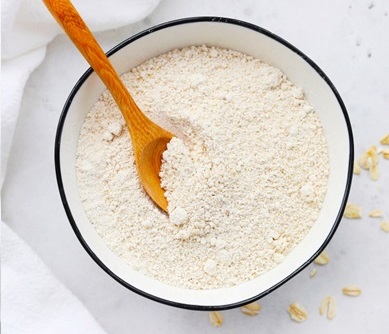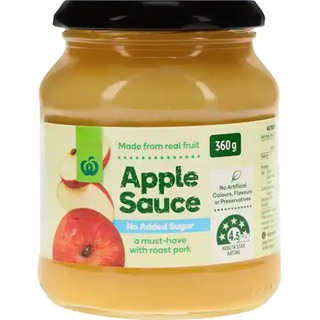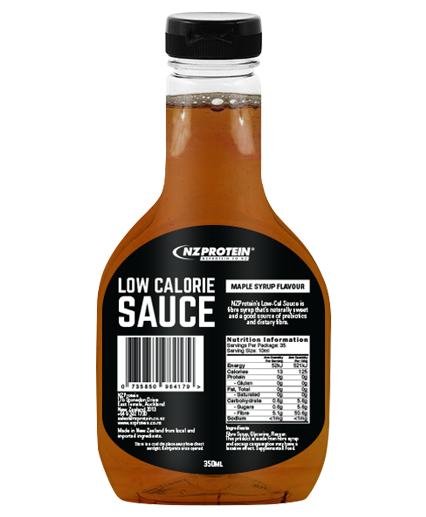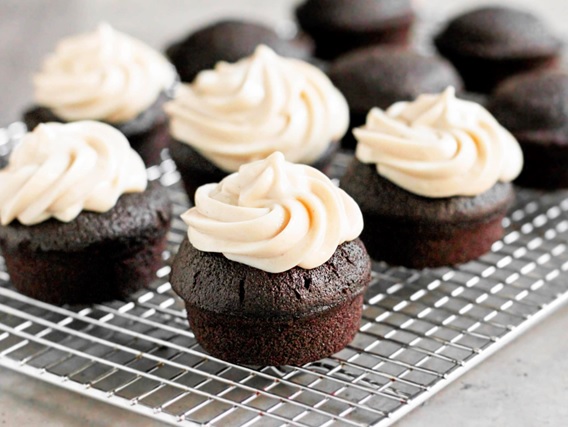
We’d all be better off eating more nutritious foods but like most things, it’s easier said than done. Instead of completely overhauling your diet, small changes may be more effective at improving your health. Science suggests that those who make little improvements to their diet could be more likely to succeed at maintaining a healthy weight. At NZProtein, we believe that you can have treats that are both tasty and nutritious. If you love to bake desserts but also want to improve your diet then read below. Here are some easy ingredient swaps you can make to your current baking recipes that will make them a bit more macro friendly without ruining the taste.

What Does ‘Macro Friendly’ Mean?
Every day your body needs a certain amount of protein, carbohydrates and fat. These three things are called ‘macronutrients’ and they make up your total energy intake. Macro friendly is a term used to describe foods that have a good balance of carbs, proteins and fats. Macro friendly recipes are typically higher in protein and lower in calories, carbohydrates, sugars and fats. Unfortunately most generic dessert recipes are not macro friendly because they are void of nutritional benefit. If we can adapt our usual recipes to be more macro friendly, it means we can eat more treats while still achieving our health and fitness goals. Luckily for us, this is totally possible. By swapping out ingredients like flour, butter and oil for some healthier alternatives, we can create mouthwatering desserts that are higher in protein and lower in calories.

Flours
White flour is rather high in calories but low in nutrients. Unfortunately it tends to be an essential ingredient in most baking recipes. Luckily you can easily substitute flour in a recipe for blended oats. Plain oats contain over 16 grams of protein per 100g. They are also affordable, versatile and much lower in calories than your standard white flour. Blended oats are often referred to as oat flour. All you need to do it pop some plain oats into a nutribullet or blender and you’re good to go.
Oat flour tastes the same in recipes as regular flour but they are different densities. This means you will have to adjust the quantity used when cooking. One cup of flour will weigh 120 grams whereas one cup of oats is only 80 grams. If a recipe requires 1 cup of flour, you should use 1 + ¼ cups of blended oats. Adding a little bit of liquid to your recipe can also help if the batter is too stiff for your liking. Oat flour can be used in cakes, dough, pizza bases, muffins and naan breads. The options are endless. Once you switch to oat flour, you’ll never go back.

Some other alternatives include almond and coconut flour. These options are higher in calories than plain white flour but are much lower carb. If you are concerned about your carb intake or are following a ketogenic diet, these options may be preferable. You can generally use the same amount of almond flour as stated in the recipe however coconut flour is denser, therefore less is needed. If a recipe calls for one cup of white flour, you should swap that for ¼-⅓ cup of coconut flour. If your goal is fat loss then using a higher calorie flour like coconut or almond may not be the best idea. However if you are looking to reduce the carbohydrate content of your baking then you can’t go past these substitutes.

Fat Sources
Dietary fats are delicious but also very calorie dense. One gram of fat contains nine calories while carbohydrates and proteins are only four calories per gram. Unfortunately it is difficult to omit fats from baking without sacrificing taste and texture. However it is definitely possible to swap the usual oil and butter for more macro friendly options. Doing so can make a huge difference to the calorie content of your baked goods and your health too. Research tells us that eating too much saturated fat increases our risk of disease. If it is possible to limit the unnecessary extra fat from our baking then we might as well give it a go.

Applesauce
Applesauce is an excellent swap for wet baking ingredients like butter. It provides sweetness and extra moisture to your recipes. The low sugar variety contains a mere 52 calories per 100g and is ideal for those trying to reduce their saturated fat intake. You can usually get away with a 1:1 swap when it comes to applesauce in a recipe. Instead of using a cup of butter or oil, try swapping it for a cup of applesauce. But do keep in mind that applesauce is quite sweet. You might need to use less sweetener in your recipe in order to balance it out. If you’re scared to completely change the recipe then you could always start with half applesauce and half butter. This will still make the baking more macro friendly without noticeably affecting the taste and texture.

Yoghurt
Yoghurt is another great baking ingredient because it’s cheap, tasty and high in protein. Just like with applesauce, you should use a 1:1 ratio when swapping butter/oil for yoghurt. Some yoghurts will be more watery than others so bear this in mind. You should err on the side of caution and use slightly less yoghurt. This will ensure your baking doesn’t come out too liquidy. Try to pick a yoghurt with a similar density to butter or oil, depending on what the recipe requires. Anchor protein yoghurt or Isey skyr products tend to work well. They come in a range of flavours if you want to add some zing. These options are also very low calorie and high protein, meaning your baked goods will be both tasty and nutritious.

Nut Butter
If a recipe calls for nut butter, then powdered peanut butter is an obvious lower calorie swap. NZProtein powdered PB is made from 100% roasted peanuts. It contains 80% less calories than your standard nut butter because the process of pressing the peanuts allows us to remove some of the fat. What remains is a high protein powder that, once mixed with water, tastes exactly like peanut butter. It doesn’t clump and works brilliantly in baking. If a recipe requires peanut butter, you can easily do a 1:1 swap with our powdered version. The taste will be the same but the end product will be significantly more macro friendly.
Sweeteners
Of course baking needs to be sweet but you can achieve this without gargantuous amounts of white sugar. Nowadays you can find both liquid and powdered sweetener options that are both low calorie and better for you. NZProtein low calorie syrup is the perfect swap for maple syrup or molasses. It could also be added to or on top of recipes for a bit of extra flavour and sweetness. Our sauce only has 5.3g of sugar per 100g meaning it is ideal for diabetics or anyone monitoring their blood glucose. Any kind of sugar free syrup works well as either a sweetener or binding agent. They are perfect for homemade protein bar recipes and can be used in bases for slices and cheesecakes.

There are also plenty of powdered sugar substitutes available online and at the supermarket. Some popular options include stevia, Natvia, erythritol and monk fruit. These options taste and look exactly like sugar but are much less calorie dense. White sugar contains 387 calories per 100g and is not recommended for those watching their blood glucose levels. By swapping out the sugar in your recipe for one of these alternatives, you can lower the calorie content and offer your creations to diabetics too.
Icing
All great cakes and cupcakes need a delicious frosting. The good news is you can make a tasty icing without any butter or sugar. Whoever discovered the combination of almond milk and protein powder deserves an award. Take a scoop (30g) of protein powder and slowly stir in almond milk one tablespoon at a time. Eventually you will get a delicious icing and only two ingredients are needed.

You could also do this with protein powder and yoghurt. It is recommended to use 15 grams of protein powder for every 100 grams of yoghurt. Adding more protein powder will make your icing even thicker. It is best to prepare the frosting in advance and let it set in the fridge for about 30 minutes before you ice your cakes. Alternatively, powdered peanut butter also works brilliantly as a nutty flavoured icing. There is no need to hunt down the perfect buttercream recipe when these options are easier and just as scrumptious.

Conclusion
Being on a fitness and nutrition journey doesn’t mean you have to give up your love of baking. Making a few swaps here and there can significantly reduce the number of calories, sugars and fats in your desserts. Making your treats a little bit healthier means you can eat them more often. In addition to this, baking is a cathartic activity and can be great for stress relief. Working on perfecting your macro-friendly recipes is beneficial for both mental and physical health. Next time you are in the mood to bake, think about swapping some of the more energy dense ingredients for the options listed above. Let’s destroy the idea that baked goods have to be bad for you. Have your cake and your health too.
